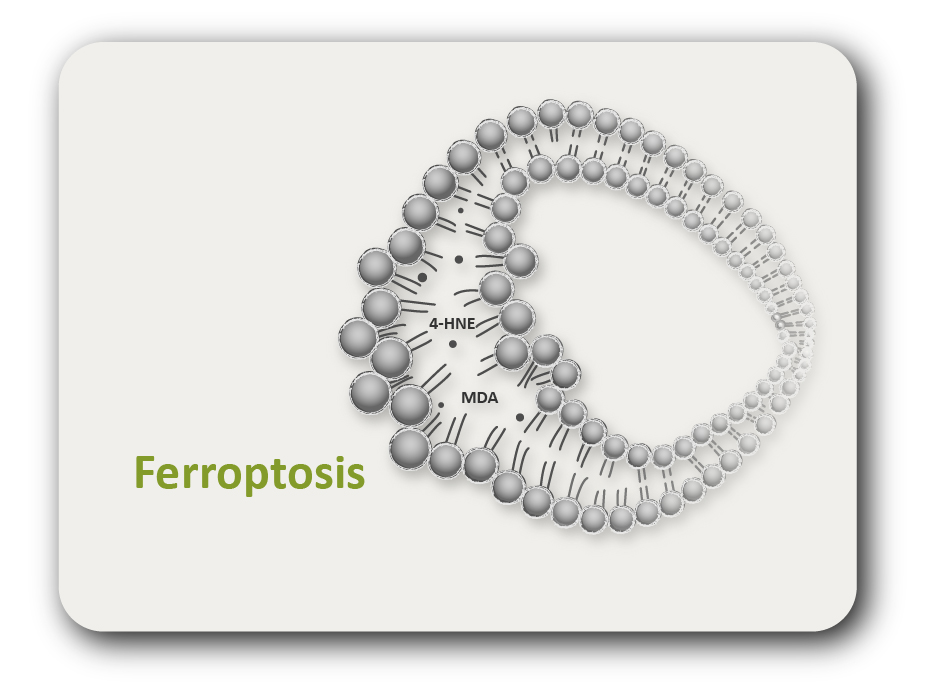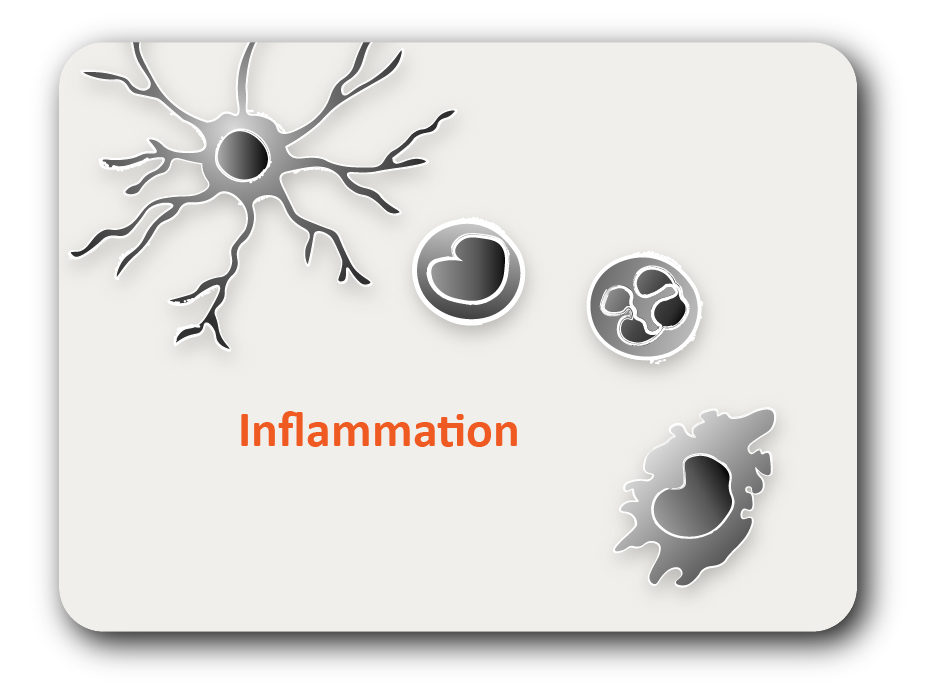ARG63075
anti-Neurofilament NF-H antibody [NF-01]
anti-Neurofilament NF-H antibody [NF-01] for ICC/IF,IHC-Formalin-fixed paraffin-embedded sections,Western blot and Human,Mouse,Rat,Mammal
Neuroscience antibody; Signaling Transduction antibody; Neurofilament antibody; Intermediate Neurofilament antibody
概述
| 产品描述 | Mouse Monoclonal antibody [NF-01] recognizes Neurofilament NF-H |
|---|---|
| 反应物种 | Hu, Ms, Rat, Mamm |
| 应用 | ICC/IF, IHC-P, WB |
| 特异性 | The clone NF-01 recognizes a phosphorylated epitope on heavy neurofilament protein (210 kDa) of various species. Antibodies to the various neurofilament subunits are very useful cell type markers since the proteins are among the most abundant of the nervous system, are expressed only in neurons and are biochemically very stable. |
| 宿主 | Mouse |
| 克隆 | Monoclonal |
| 克隆号 | NF-01 |
| 同位型 | IgG1 |
| 靶点名称 | Neurofilament NF-H |
| 抗原物种 | Pig |
| 抗原 | Pellet of porcine brain cold-stable proteins after depolymerization of microtubules. |
| 偶联标记 | Un-conjugated |
| 別名 | Neurofilament heavy polypeptide; 200 kDa neurofilament protein; NF-H; Neurofilament triplet H protein; NFH |
应用说明
| 应用建议 |
|
||||||||
|---|---|---|---|---|---|---|---|---|---|
| 应用说明 | * The dilutions indicate recommended starting dilutions and the optimal dilutions or concentrations should be determined by the scientist. |
属性
| 形式 | Liquid |
|---|---|
| 纯化 | Purified from ascites by protein-A affinity chromatography. |
| 纯度 | > 95% (by SDS-PAGE) |
| 缓冲液 | PBS (pH 7.4) and 15 mM Sodium azide |
| 抗菌剂 | 15 mM Sodium azide |
| 浓度 | 1 mg/ml |
| 存放说明 | For continuous use, store undiluted antibody at 2-8°C for up to a week. For long-term storage, aliquot and store at -20°C or below. Storage in frost free freezers is not recommended. Avoid repeated freeze/thaw cycles. Suggest spin the vial prior to opening. The antibody solution should be gently mixed before use. |
| 注意事项 | For laboratory research only, not for drug, diagnostic or other use. |
生物信息
| 数据库连接 | |
|---|---|
| 背景介绍 | Neurofilaments (NFs) are a type of intermediate filament (IF) expressed almost exclusively in neuronal cells, and in those cells most prominently in large axons. NFs in most vertebrates are composed of three different polypeptide chains with different molecular weights – neurofilament heavy protein (NF-H), medium (NF-M) and light protein (NF-L), which share sequence and structural similarity in a coiled-coil core domain, but differ in the length and sequence of their N-termini and more dramatically of their C-termini which in the case of NF-M and NF-H form the flexible extensions that link NFs to each other and to other elements in the cytoplasm. The protein segment on the C-terminal side of the human NF-H rod is uniquely long (more than 600 amino acids) compared to other IF proteins and is highly charged (> 24 % Glu, > 25 % Lys), rich in proline (> 12 %) and improverished in cysteine, methionine and aromatic amino acids. Its most remarkable feature is a repetitive sequence that covers more than half its lenght and includes the sekvence motif Lys-Ser-Pro (KSP) greater than 40 times. Plasma neurofilament heavy chain level has been proposed as a marker of axonal injury and clinical use of its degeneration and loss has been suggested as a biomarker of several neurodegenerative diseases. |
| 产品亮点 | Related Antibody Duos and Panels: ARG30011 Neurofilament Antibody Duo (NF-H, NF-L) Related products: Neurofilament antibodies; Neurofilament ELISA Kits; Neurofilament Duos / Panels; Anti-Mouse IgG secondary antibodies; |
| 研究领域 | Neuroscience antibody; Signaling Transduction antibody; Neurofilament antibody; Intermediate Neurofilament antibody |
| 预测分子量 | 112 kDa |
| 翻译后修饰 | There are a number of repeats of the tripeptide K-S-P, NFH is phosphorylated on a number of the serines in this motif. It is thought that phosphorylation of NFH results in the formation of interfilament cross bridges that are important in the maintenance of axonal caliber. Phosphorylation seems to play a major role in the functioning of the larger neurofilament polypeptides (NF-M and NF-H), the levels of phosphorylation being altered developmentally and coincidentally with a change in the neurofilament function. Phosphorylated in the head and rod regions by the PKC kinase PKN1, leading to the inhibition of polymerization. |
检测图片 (1) Click the Picture to Zoom In






